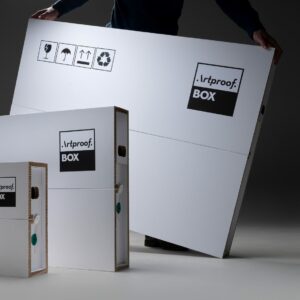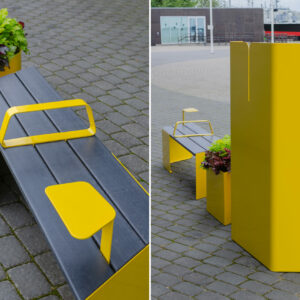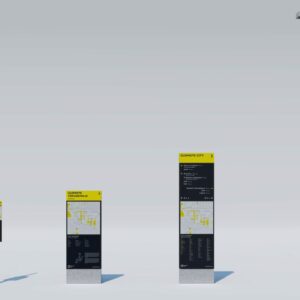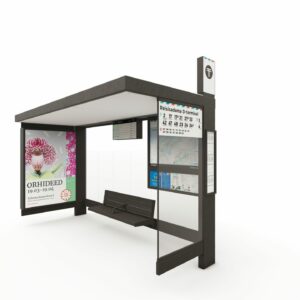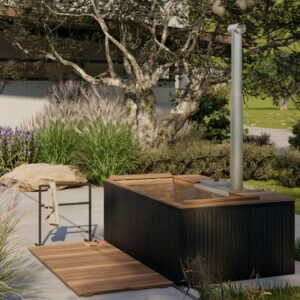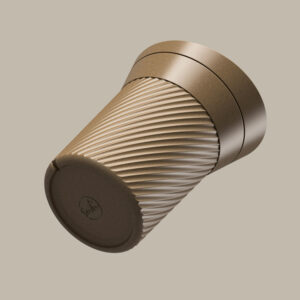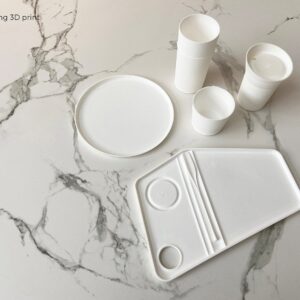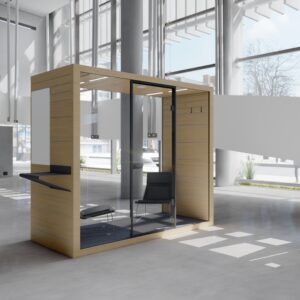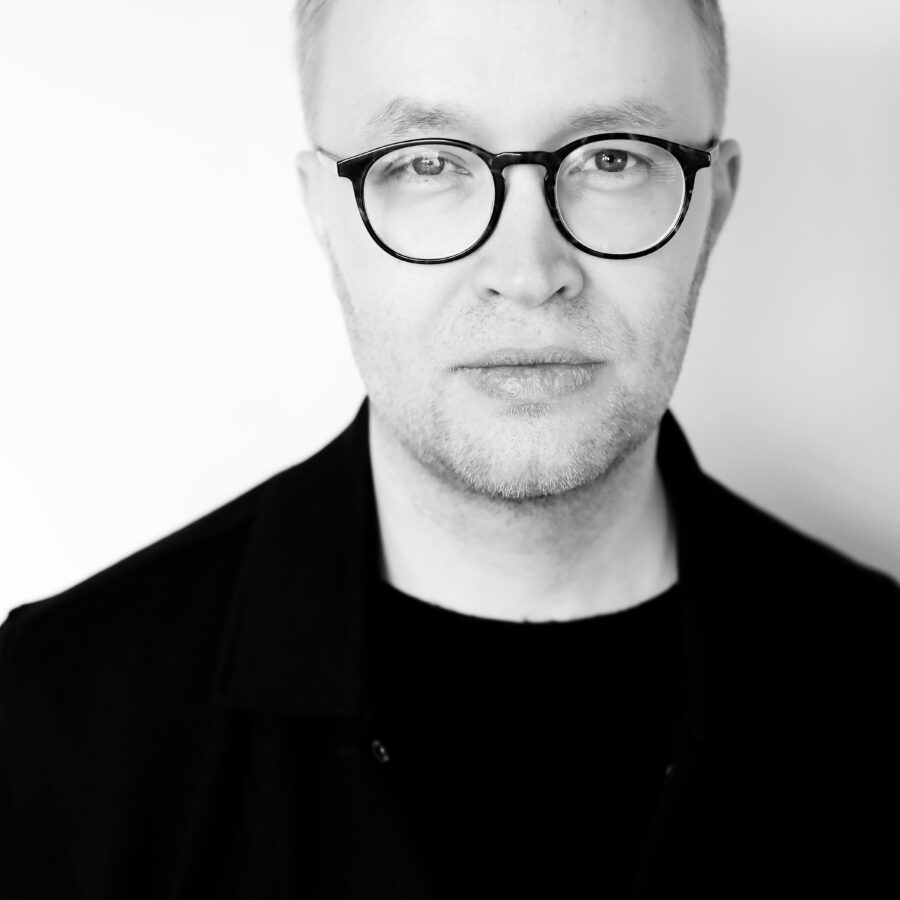
January form brings you the thoughts of Vitali Valtanen, a graduate of MA in product design. His thesis explored the potential of exhausted subterranean mines, on the example of Ida-Virumaa, and won the second prize at EKA Applied Research and Development Competition. Then at the beginning of the forthcoming spring semester he’ll join the line of the department’s lecturers with a masters speciality project Activism and Prototyping of Changes, which will take him back to Ida-Viru County again. This time in the form of mobile youth centers in Toila municipality. In his daily work, Vitali works as an industrial designer at Upstairs Studio, his projects are strongly related to sustainable solutions and architecture.
Name: Vitali Valtanen
Position: Industrial Designer / Partner, Upstairs Studio
Relation to EKA: Graduate of MA Program in Product Design (graduated in 2021)
1. What projects are you currently working on?
We have currently several projects underway at Upstairs Studios. The largest of these is not a real industrial design project, but rather an architectural/interior design solution (in cooperation with Heut Architects). It’s a floating museum, about which we can share more information this summer.
We try to build as many projects as possible on the principles of the circular economy. Last year, for example, we improved the packaging for the transport of artworks for Artproof. The packaging, which is 100% paper, replaces heavy plywood boxes. The packaging can be reused and finally recycled into a paper container. This year, too, we will continue with the topic of packaging, and now we’re developing circular packaging for e-commerce.
In addition, the studio is currently preparing for the production of a prototype of a new waiting area for public transport stops in Tallinn, the solutions of which we completed last year (authors Pavel Sidorenko, Vitali Valtanen, Upstairs Studio, and Aleksei Aljosin, Heut Architects).
2. What is important in design, what is irrelevant?
The idea, the need, and the topicality are important. When dealing with a customer, it should be found out what problem he wants to solve with his/her product. If the idea is just to make money, then such a design project doesn’t interest me. There are enough nonsensical things in the world and we no longer have the resources for new ones.
For me, it’s important that design helps to solve a task on the positive side. Good design as a solution shouldn’t cause harm. I certainly don’t want to say that appearance is insignificant – it is important but to a lesser extent.
3. What is your favorite step in product creation and what does it look like?
I even have two. Definitely, a research process where you can gather new information and make new acquaintances. The ideal situation is when the project task comes from an area in which I don’t have sufficient specific knowledge yet. The experience of discovery is what I try to find in every project. And another favorite moment is when you realize that the idea has found the right form. There’s satisfaction with the work done and there forward it marks the routine drawing phase.
4. What was your favorite project while studying at EKA? What did you discover during that?
There was a ten-year break between my bachelor’s and master’s studies, and when I started studying for a master’s degree at EKA, I remember the thirst for learning I had. Honestly, I can’t and don’t want to differentiate any projects – there were a lot of favorites. However, to name a few, the first project certainly stood out and provided a great impulse for action. It was a furniture series project, which resulted in a side table RIBA that was exhibited at the Stockholm Furniture & Light Fair in 2019.
In addition, the “KONG48” project was monumental, during which I radically changed my vision of my held system, thanks to the scientific approach proposed by the supervisors. I got to experience how you can crawl into the “user’s skin”. We went all the way from a real arrest situation at a crime scene to sitting in a prison cell, which allowed us to experience new emotions.
From the projects, I realized that as a designer I can guess what the user needs, but without testing and interviewing, it is extremely difficult to achieve the right result. There were no boring projects while studying – each subject provided something new and useful.
5. How do you see the role of a designer in society in 10 years?
I’d like to see closer cooperation between designers and researchers, perhaps even to some extent a fusion of disciplines. In general, people-to-people cooperation should be more effective. I think that in 10 years’ time, designers will be working on solutions that will try to reduce the problems caused by the climate crisis and help people to survive.
6. As a designer, I respect…
…living beings. I think nowadays we are too attached to people’s wishes and do not take into account other living beings.
Offered food for thought?
You can contact Vitali Valtanen for questions regarding work at Upstairs Studio by contacting: info@upstairs.ee;
However, you can send questions concerning studies at EKA to the artun e-mail: vitali.valtanen@artun.ee.

